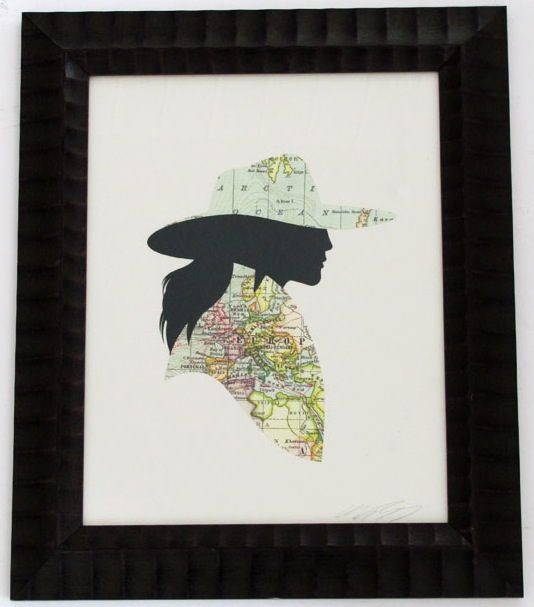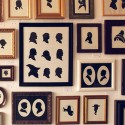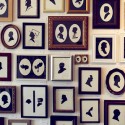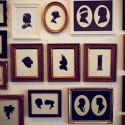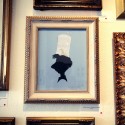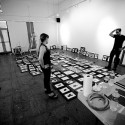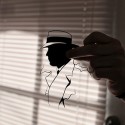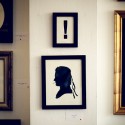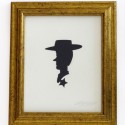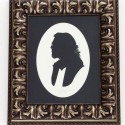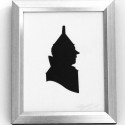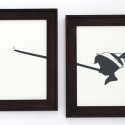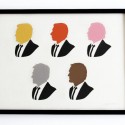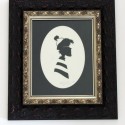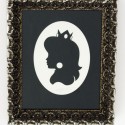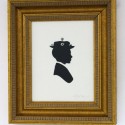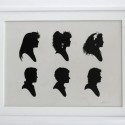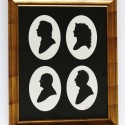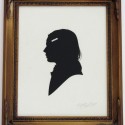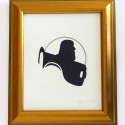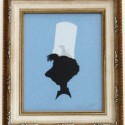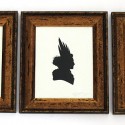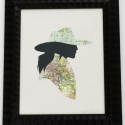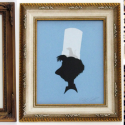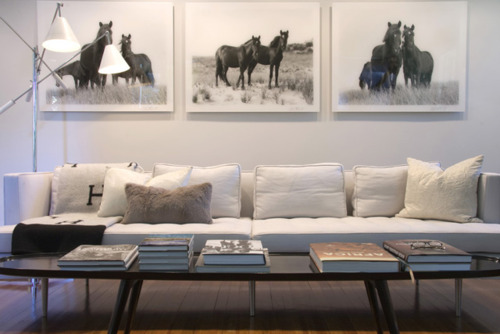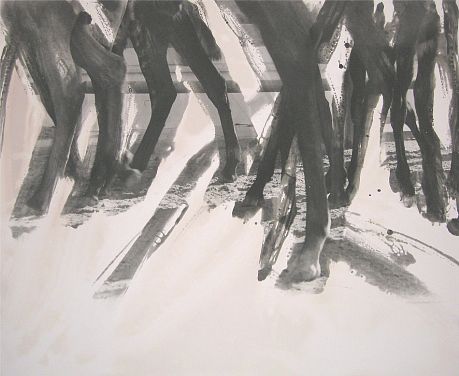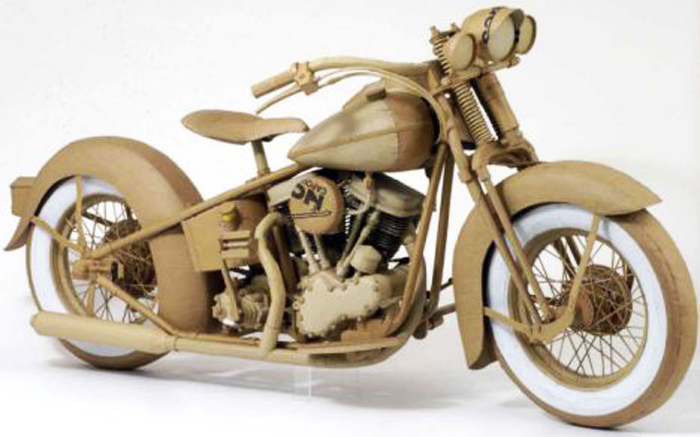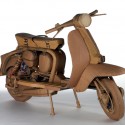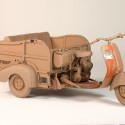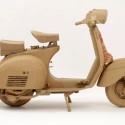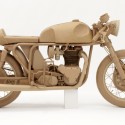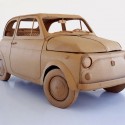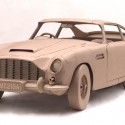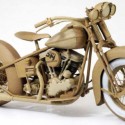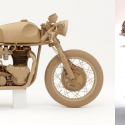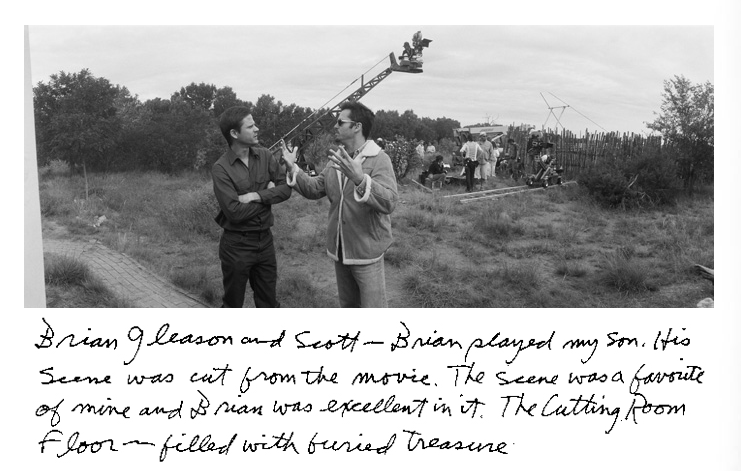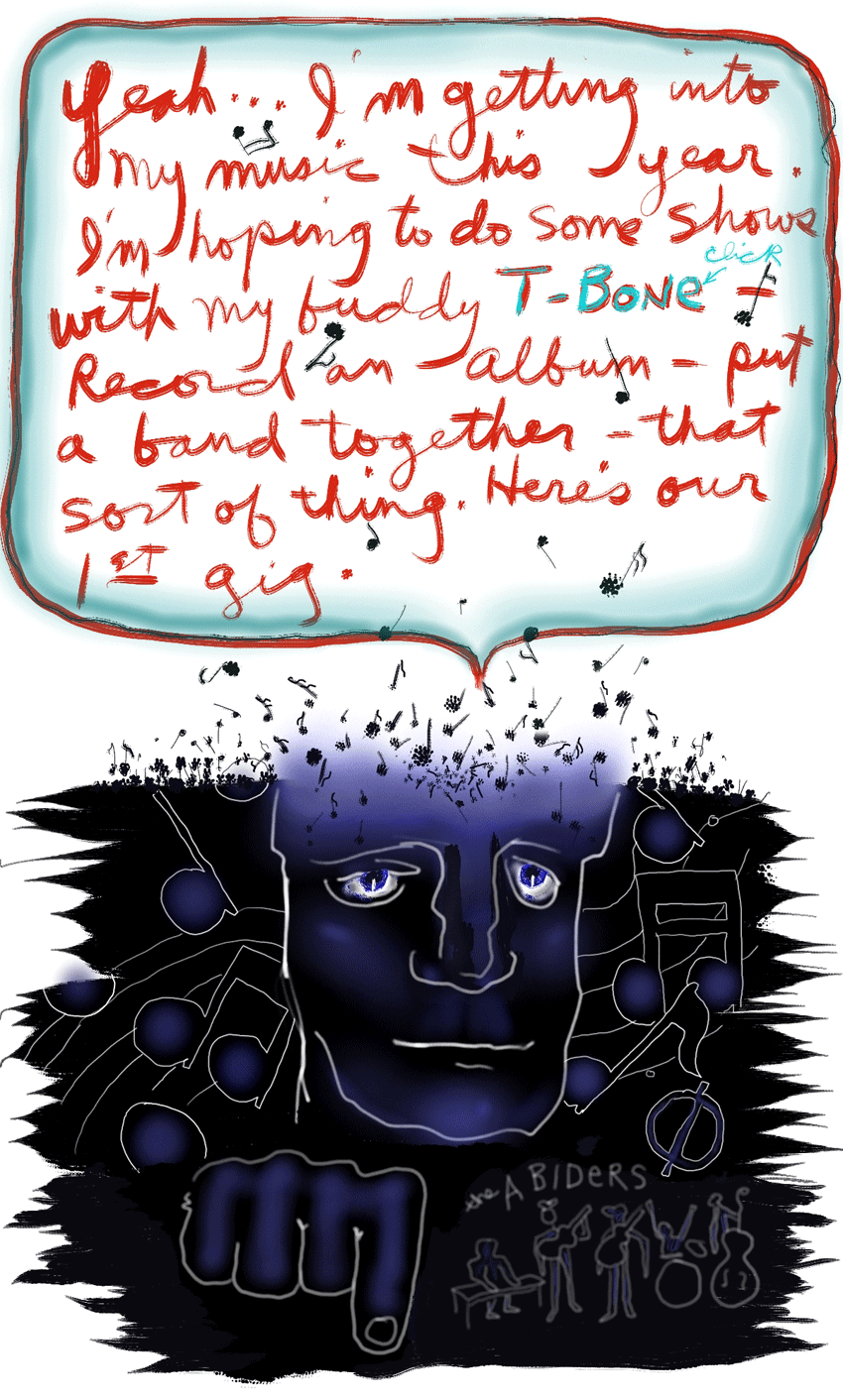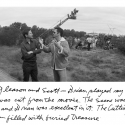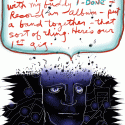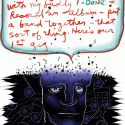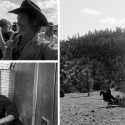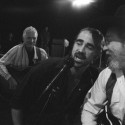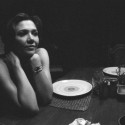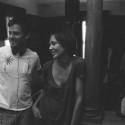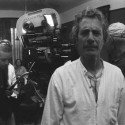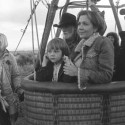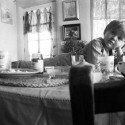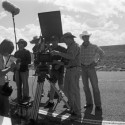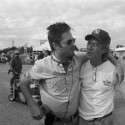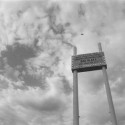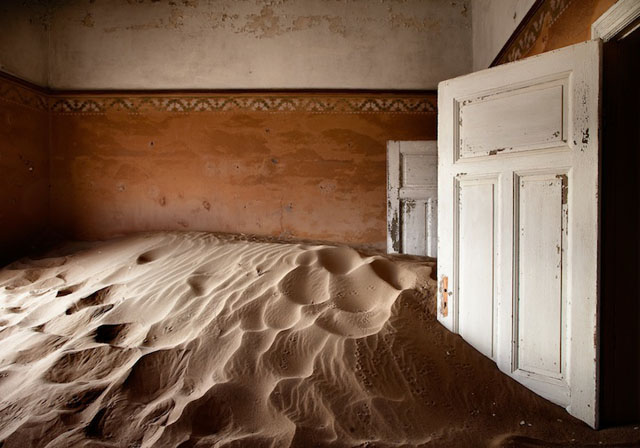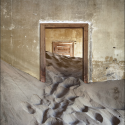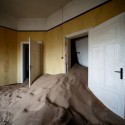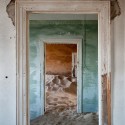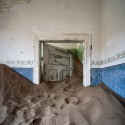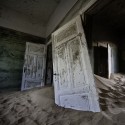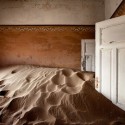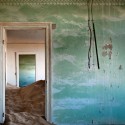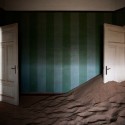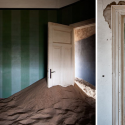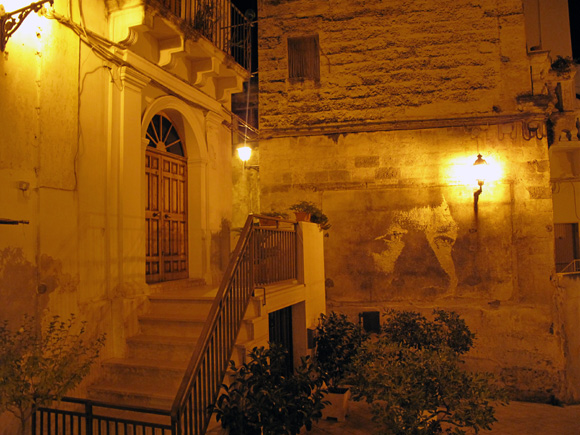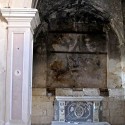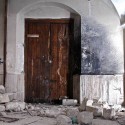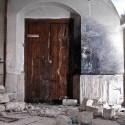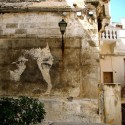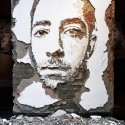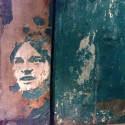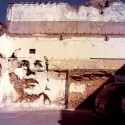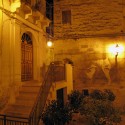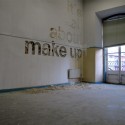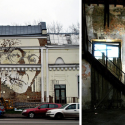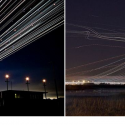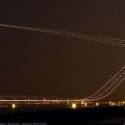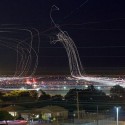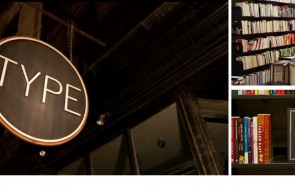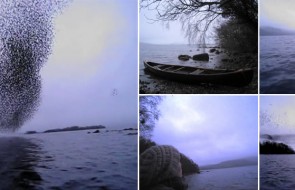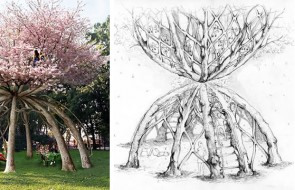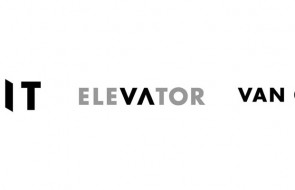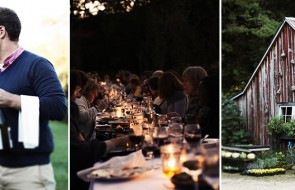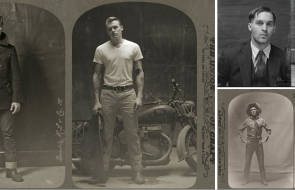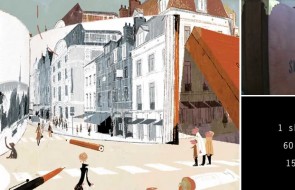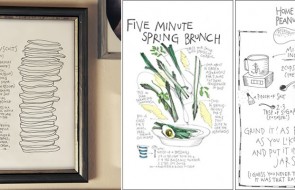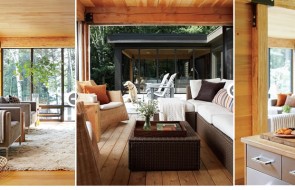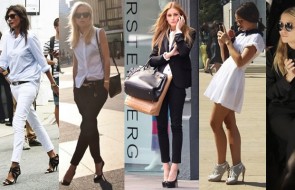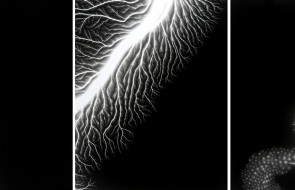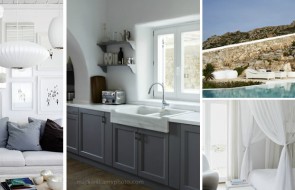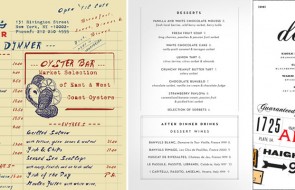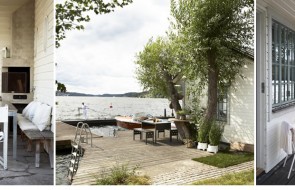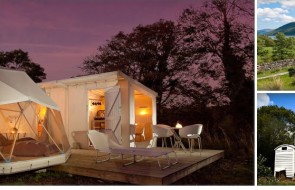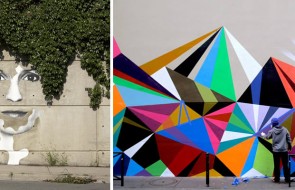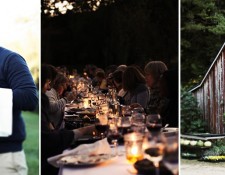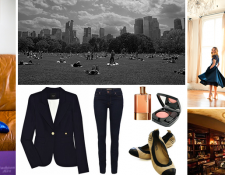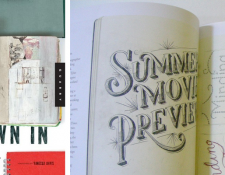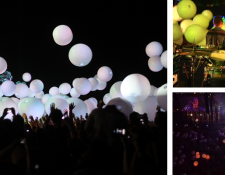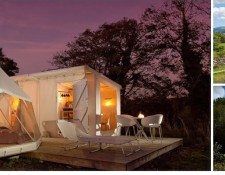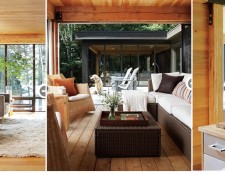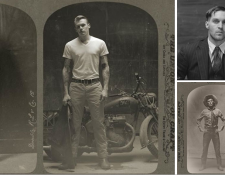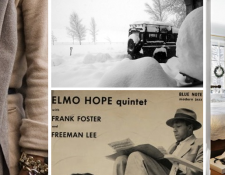Arts Visuels
Woolly Mammoth Roars Again
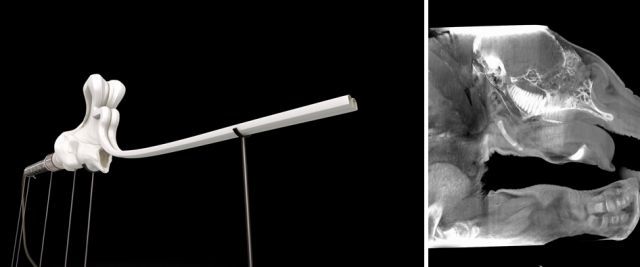
The above might not look like much, but this project is so cool. It’s from Fast Co., and I really can’t tell it any better, so without further ado, in their words:
Scientists employ all sorts of techniques to introduce us to extinct animals in the context of a museum, but for the most part, those techniques are largely visual. We usually don’t get to learn how they smelled, for example, or how their skin felt, ignoring a whole range of senses during what should be a transformative experience. Filling in those gaps is the quest of Royal College of Art grad student Marguerite Humeau, who became fascinated with the idea of creating reproductions of the vocal tracts of extinct animals to bring them back to life through sound.
As she embarked upon her research, she learned a curious fact about the recovery of extinct animals: Because the vocal tract is made of soft tissue, it does not fossilize. The data she was looking for, like 3-D scans of the vocal tract and windpipe, simply did not exist. “When I discovered that, it became a personal obsession. I had to recreate this data in some way,” she tells Co.Design.
For six months, Humeau studied with paleontologists, zoologists, veterinarians, engineers, explorers, surgeons, ear and throat specialists, and radiologists — over 100 specialists — in an effort to recreate the chords of a Mammoth Imperator, an ancestor of the better-known woolly mammoth. For the resonance cavities, for example, she had to get a CT scan of a relative: a modern-day Asian elephant. For the windpipe and lungs, she spoke to elephant vocalization specialists. In the end, Humeau was able to build a massive compilation of data that did not exist before her research, she says. “I created bridges between areas of science which normally would not be related.”
…For the rest of the article (it’s fascinating!), click here.
Arts Visuels
Olly Moss
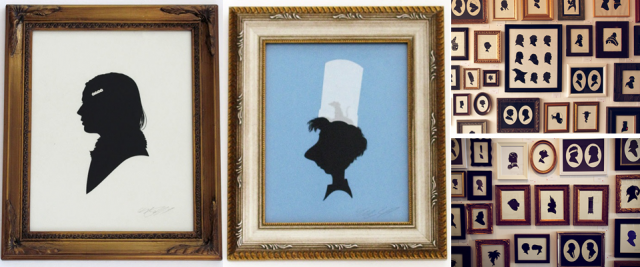
The silhouette art trend may have been around for a while (I think it was ’06 when I painted a silhouette of my sister’s basset hound for Christmas), but that doesn’t mean I don’t love Olly Moss’s silhouette series of pop stars, both real and fictional.
I love the humor and high-low kitsch of the series! (It also doesn’t hurt that she included many of my favorite characters, books, and movies.)
I think my favorites are the “cast” of The Lion, The Witch, and The Wardrobe and Carmen San Diego, for that clever use of map.
Check out the gallery for lots more, and here for even more.
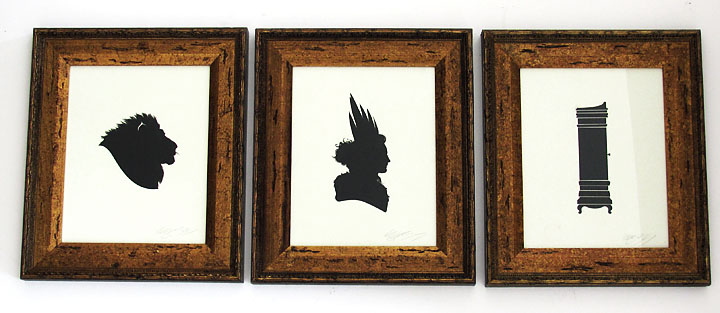
Thank you to Dave Pedra for sharing!
Arts Visuels
Seth Epstein and Horse Thoughts
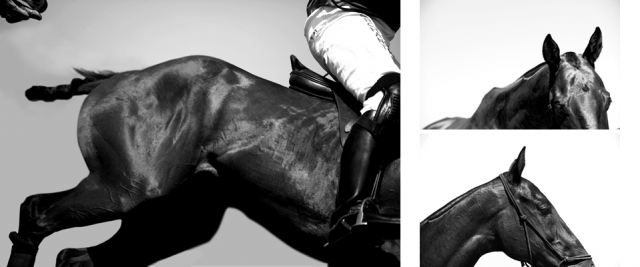
Love these striking photos from last month’s polo matches in Santa Barbara by my friend, the multi-talented Seth Epstein (we worked together on the Fable project).
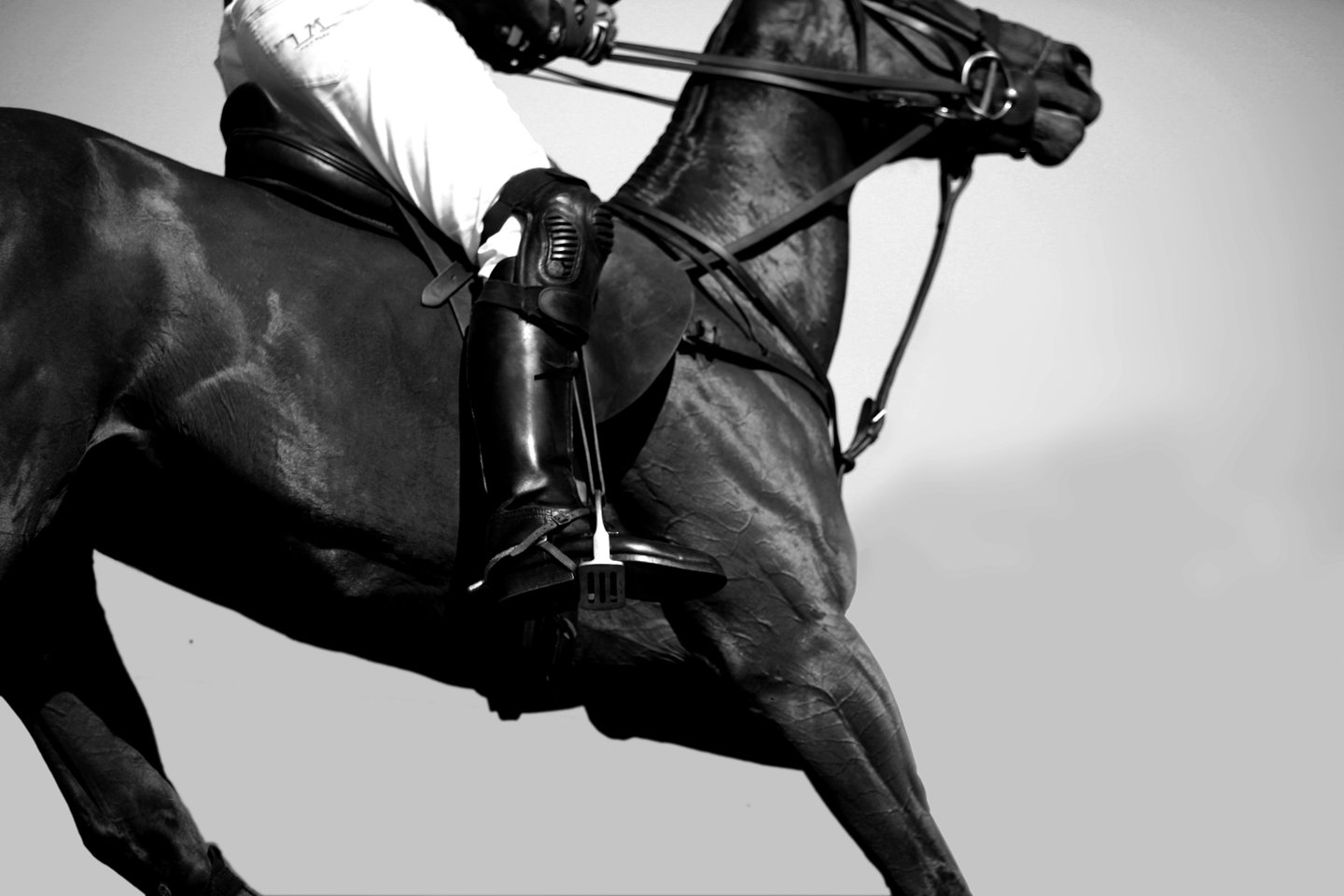
They also reminded me of this room I recently bookmarked…
And also the abstract expressionist horse paintings by Edward Incandela, like this one…
Arts Visuels
Jaume Plensa, Pt. II
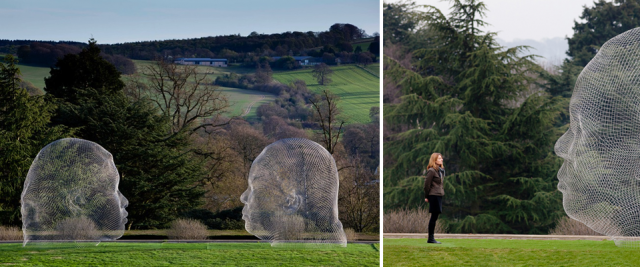
Remember Catalan artist Jaume Plensa’s giant figures constructed of steel letters from this post?
Plensa now has an exhibit of recent works at the Yorkshire Sculpture Garden in the UK, including this incredible wire mesh piece above that I hadn’t seen before, as well as the letterform-figures below. For more about Plensa’s reasoning behind using letters (and hence language) in creating his figures, check out the previous post and this interview.
I loved this bit below from the interview about his use of letters…
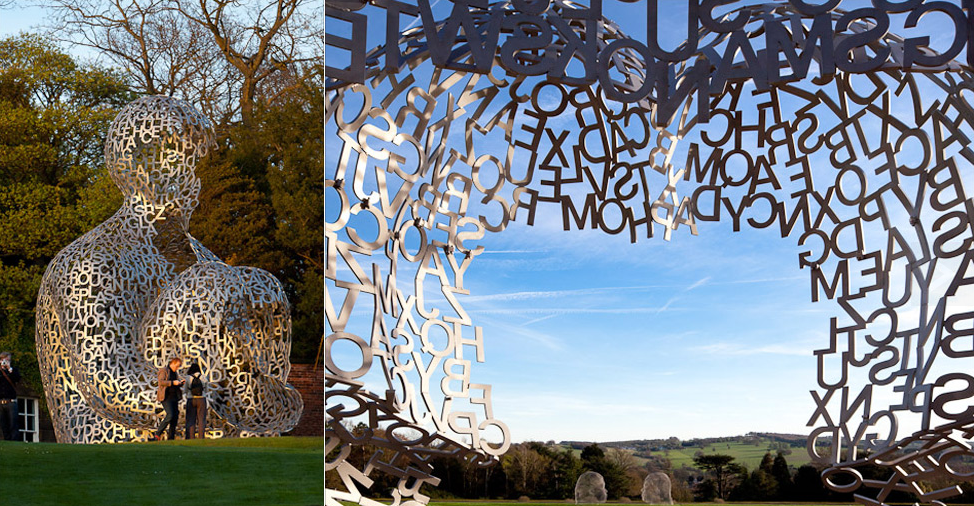
These are metaphors for the concept that life is permanently tattooing our bodies. Every second, every moment, our experiences are tattooed on our skin. But the ink is transparent. And then, suddenly you may encounter somebody who can read it and will give you feedback.
Photos from this BBC piece.
Arts Visuels
Chris Gilmour
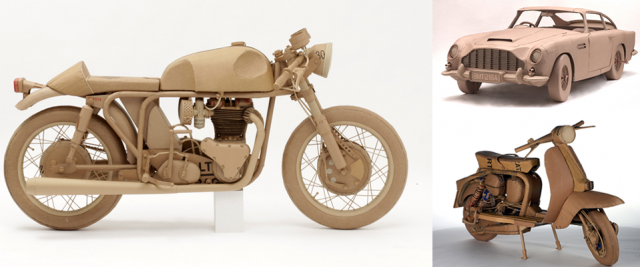
Theoretically, I love the idea of a small house. I like small, I like clever use of space. But, I also want lots kids and lots of art, and too much of either one in a small house sounds claustrophobic.
Chris Gilmour’s life size cardboard replicas of real-life objects are the kinds of pieces that make me think I might need just a little extra space budgeted in for large-scale modern art. Or maybe, just they’re just the right catalyst for a little creative space planning… suspend a motorcycle from the ceiling in a stairwell landing? Maybe!
Gilmour has replicated tons of everyday objects, but my favorites are the cars and motorcycles, I think because I like seeing something usually so strong and shiny made from such a humble, soft, monochromatic medium.
His reasons for making the objects he does, however, have more to do with memory, emotion, and interaction– or rather, the lack of interaction created when the object is presented as art. As he says, “The interaction of the viewer with the works seems to function as a kind of short circuit between an implied action and the impossibility of performing it.”
Arts Visuels
Hello World
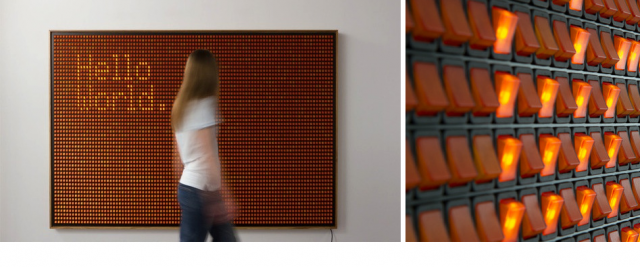
I would love to have one of these in my apartment (when I have an apartment with large enough walls for giant modern art). It’s basically a giant lite-brite.
Dinner parties would always have an added element of entertainment as guests came up with new things to write or draw– think refrigerator magnet poetry but huge. I have no intellectual problem with art that is also fun.
Using 5,000 rocker switches (the kind of switch that powers on/off a power strip), artist Valentin Ruhry created this user-operated canvas. On display now in New York at the Austrian Cultural Center.
Arts Visuels
Jeff Bridges’ Photography
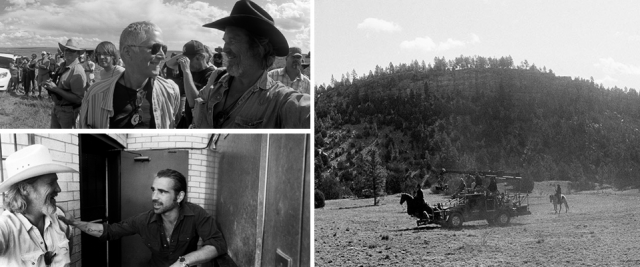
Who knew Jeff Bridges is into photography and takes photos chronicling his experiences on the films he works on? I just discovered that he has a very friendly, diy-looking website where he shares the photos, and I spent a solid hour browsing his portfolio.
I love Jeff Bridges, the photos are great, and the whole concept makes me happy. I love that he is into sharing his personal behind-the-scenes take on his work, and it doesn’t have a promotional feel at all, it just feels like he loves photography, loves his job, and wanted to share it with whomever cared to seek it out.
All the photos have captions describing the scene and people, and their tone is like something you would write in an album you were going to show your kids some day. He even has hand-written/drawn intros (like the one below) to each part of the site, adding a folksy flair to the whole thing.
Most of the photos here are from Crazy Heart (because I loved it), but the True Grit ones (like top right) are great too and there are tons on the site!
Arts Visuels
The Desert Returns
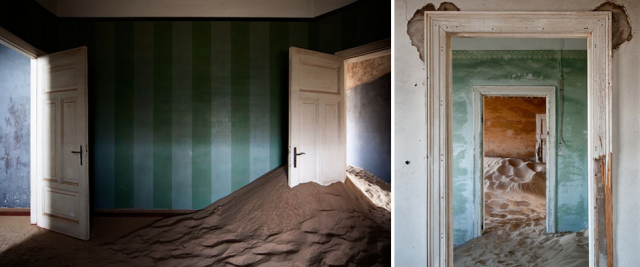
I’m freaking out a little bit over how cool this is. The Namibian town where these photos were taken, Kolmanskop, was once a major diamond-mining town (settled by Germans, hence the name).
When diamonds were discovered, a town was quickly developed, and forty years later when the mines were depleted, the town was abandoned.
And then the desert began to flood back in. Until the buildings were completely taken over.
And then, photographer Alvaro Sanchez-Montanes arrived to document the beautiful remnants of the sand-covered homes.
via Honestly WTF
Arts Visuels
Scratching the Surface
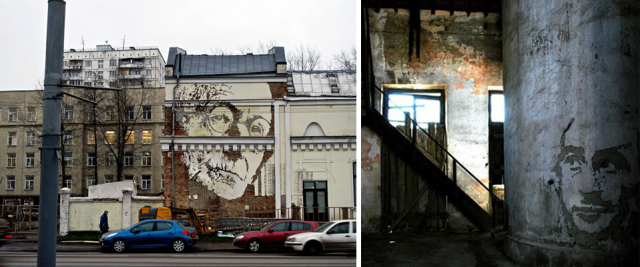
If houses hold stories, walls are one of the essential gatekeepers of those stories. When remodeling an old house, it’s the layers of walls, floors, and ceilings you can tear away that reveal the past lives of the house.
Peeling away layers to unearth a story is true not only literally, for buildings, but metaphorically for people as well, which is what makes Portuguese artist Alexandre Farto’s medium and technique– removing layers of wall– just so darn perfect for his subject matter– portraits.
In an interview, Farto, who goes by the pseudonym Vhils, says this about the meaning of layers in his work:
“I believe that, as social animals, we are all composed and shaped by a variety of different influences which are layered onto us. We are formed by these social and historical layers which are provided by the environment and context we grow up and live in … I believe that by removing some of these layers and leaving other, deeper and therefore older, layers, we can expose some of the things which have been forgotten or discarded along the way. Some of these might be truly important or valuable, or even just interesting or whatever. These lost memories compose who we are today.”
As for method, Vhils uses many tools to chip and chisel the walls, but he also uses explosives.
This hi-def, slow-motion capture of his use of explosives is pretty stunning. Honestly, this video is cool enough that I probably would have made a post about it even if I knew nothing about Vhils!
You can see more of Vhils work, which includes wood, metal, and billboard work in addition to walls, here.
Arts Visuels
Long-Exposure Flight Paths
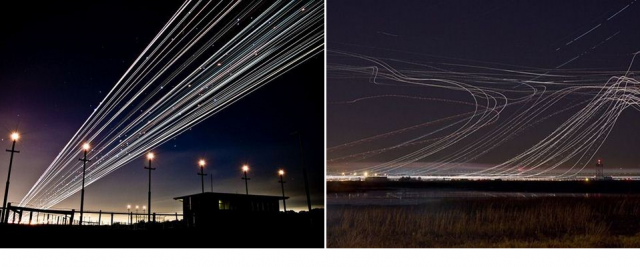
Fascinated by these long-exposure shots of airport runways and the airspace above them.

